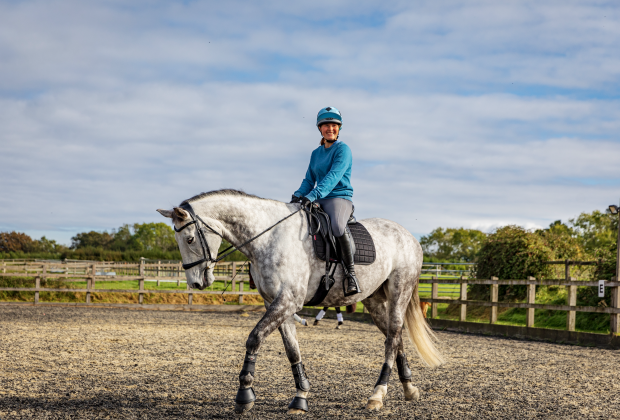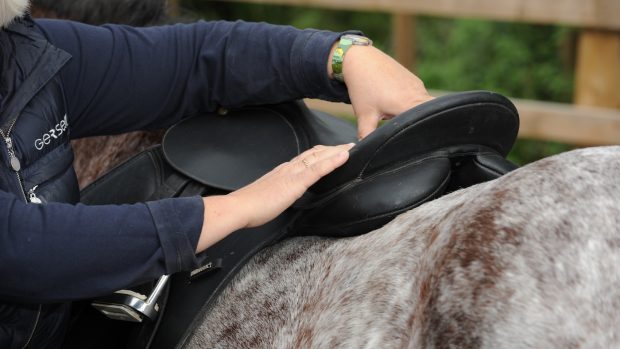Good stable management techniques can go a long way towards reducing the likelihood of your horse developing avoidable problems. Follow these top vets’ tips to keep your horse happy and healthy.
Dr Derek Knottenbelt
The best way of ensuring that there is a low risk of infection and skin damage is to ensure that all your equipment is clean and in good condition.
Do not share tack and grooming kit as brushes, girths and riding boots become sources of infections. Sharing brushes, saddles, bridles, rugs, bandages and clothing/riding boots carries a risk of transmitting a contagious disease, such as ringworm, or skin parasites, such as mites and lice, between horses.
Make sure you have a spare clean laundered set of stable bandages and a clean cotton sheet to put under the rug so that they can be changed every few days. Modern disinfectant solutions and detergents can be effective. Ask your vet which is the best one to use.
In a livery yard, with many different people involved, there is a strong tendency to “share between friends”. By the middle of winter and early spring the level of infection on the skin, and therefore the grooming kit and tack, can be significant.
Any minor trauma to the skin can allow an infection to take a strong hold. Saddle rash, rain scald, lice, mange mites and ringworm are typical examples of infections that can build up.
Damaged or worn-out brushes used on the horse’s skin can easily damage his skin. This allows ringworm and bacterial skin infections to get a firm hold. If you detect any skin infection on your horse, consult your vet immediately.
Karen Coumbe
Close observation of your horse as part of your daily routine is the best way to prevent problems. It is easy to recognise when a horse is really ill, but a lot more difficult to know when he is not feeling 100 per cent. The better you know your horse the easier it is to tell if something is wrong.
The simple way of remembering what to look for is to think of ABC: appearance, behaviour and condition. Check each of these in turn and routine observation will soon become second nature.
John Mason
The early recognition and treatment of laminitis is essential if irreversible foot changes — and loss of performance — are to be avoided. Ponies and cobs not in frequent work and at grass should be checked daily, especially during May, June and September.
First, check that the crest is not becoming abnormally fatty; and second, feel for the presence of a digital pulse on each lower limb. The digital pulse can be located by pressing the finger and thumb at the lower back of the fetlock or on either side of the deep flexor tendon, behind the pastern.
If the pulse is exaggerated, stable your horse, feed him a restricted hay diet and contact your vet.
Rebecca Hamilton-Fletcher
One of the keys to avoiding problems is to be consistent in everything you do with your horse, and to make any changes gradually. Horses are creatures of habit and they seem to thrive and perform better in an environment of uniformity. This need to apply to feeding, exercise, turnout, shoeing, worming, vaccination and tooth rasping.
The best way to keep a check on your routine is to pin a large calendar or chart in your tack/feed room and update it constantly. Add to this a note of if, and when, any problems occur, and you might be surprised by how often they relate to lapses in your usual programme.
David Franklin
Good pasture management is vital if problems with worms are to be avoided. It’s not enough to routinely worm your horse — pddocks need to be rested and droppings should be removed at least every couple of days.
If your horse is prone to impaction colic, add a teacupful of liquid paraffin twice weekly to his feed. This mineral oil lubricates the intestines, is mild and safe to use over a long period.




